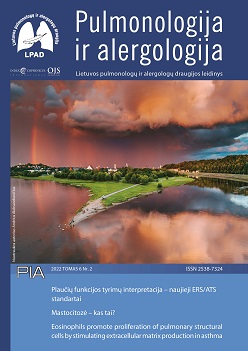ALLERGY TO RARE AND EXOTIC PET ANIMALS
Abstract
Animal allergy discussion is often limited to two common pets. Nevertheless, all animal species can cause allergy. In the last decades, different animals, including small mammals, reptiles and birds are increasingly kept as pets. For this reason, allergic reactions to rarer animals are an emerging issue. Symptoms, as for cats and dogs, are mostly respiratory, and bites are associated with anaphylaxis. Exposure to inhalant allergens increases the risk of rhinitis, conjunctivitis and asthma. Most animal allergens belong to lipocalin, serum albumin and secretoglobin families. Serum albumins and some lipocalins are cross-reactive. Sensitizing proteins are found in epithelium, dander, hair, urine, scales; however, the majority are not well characterized. Better studied allergens belong to rodents, such as guinea pig, mice and rabbits. Extracts for exotic animals are largely unavailable, and prick-to-prick testing is done. Component-resolved diagnosis is useful for pet allergy in differentiating genuine allergy from cross-reactivity.


